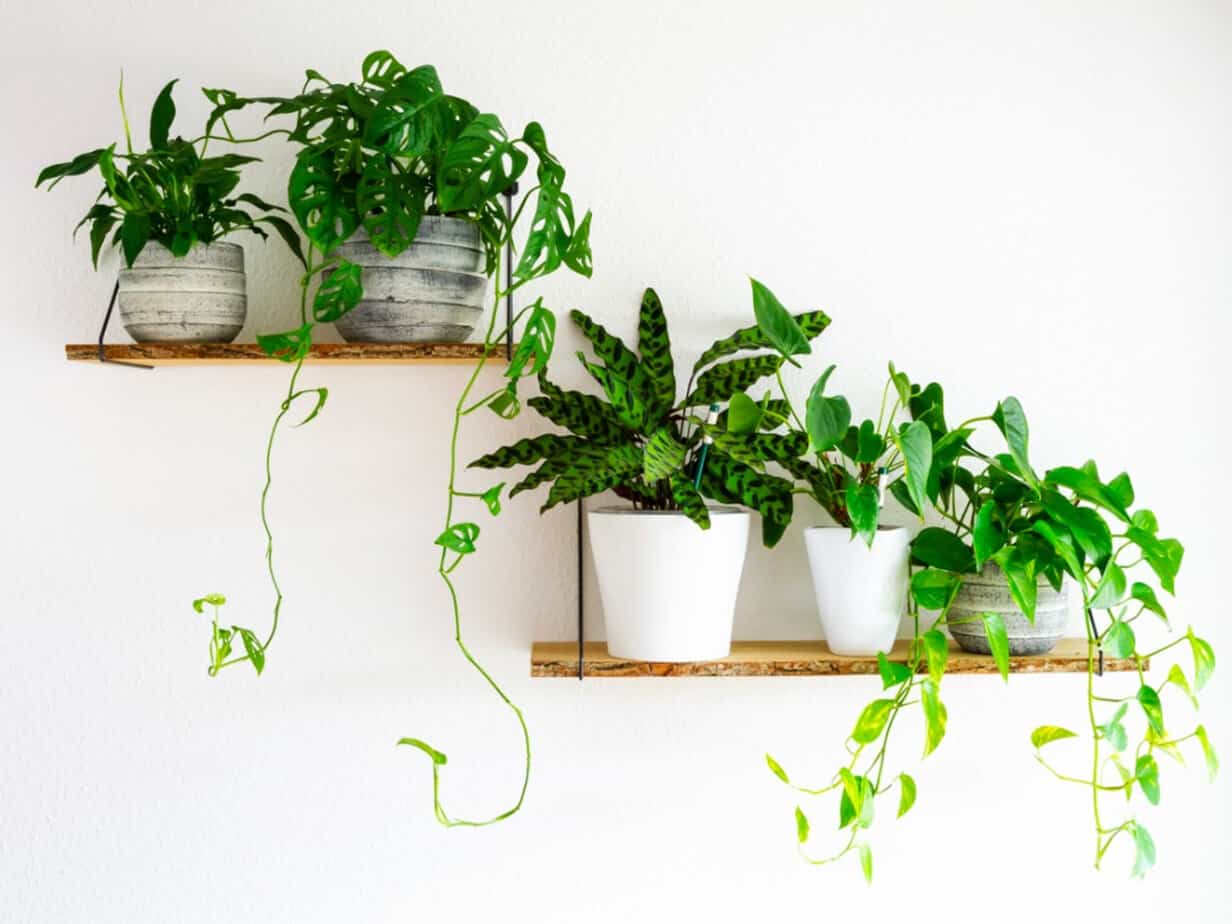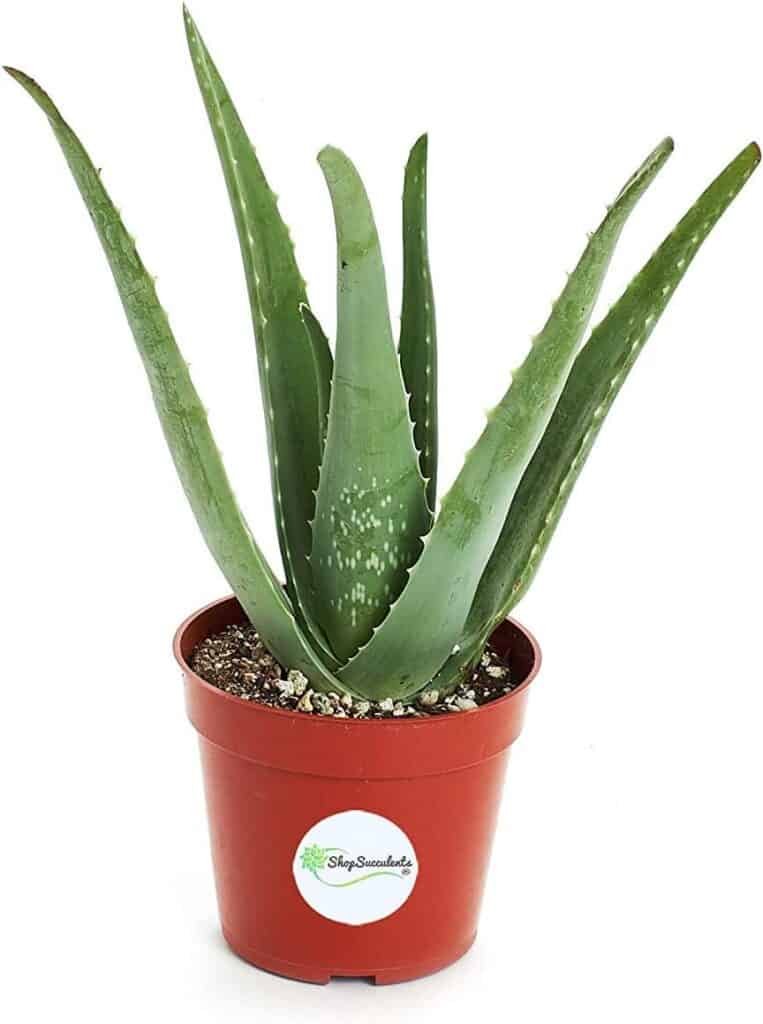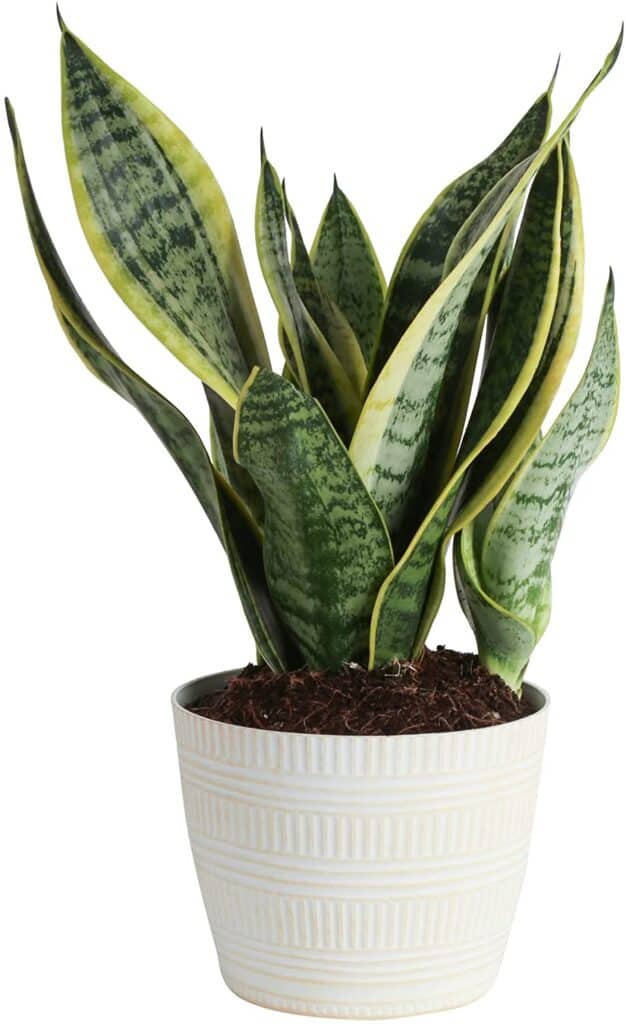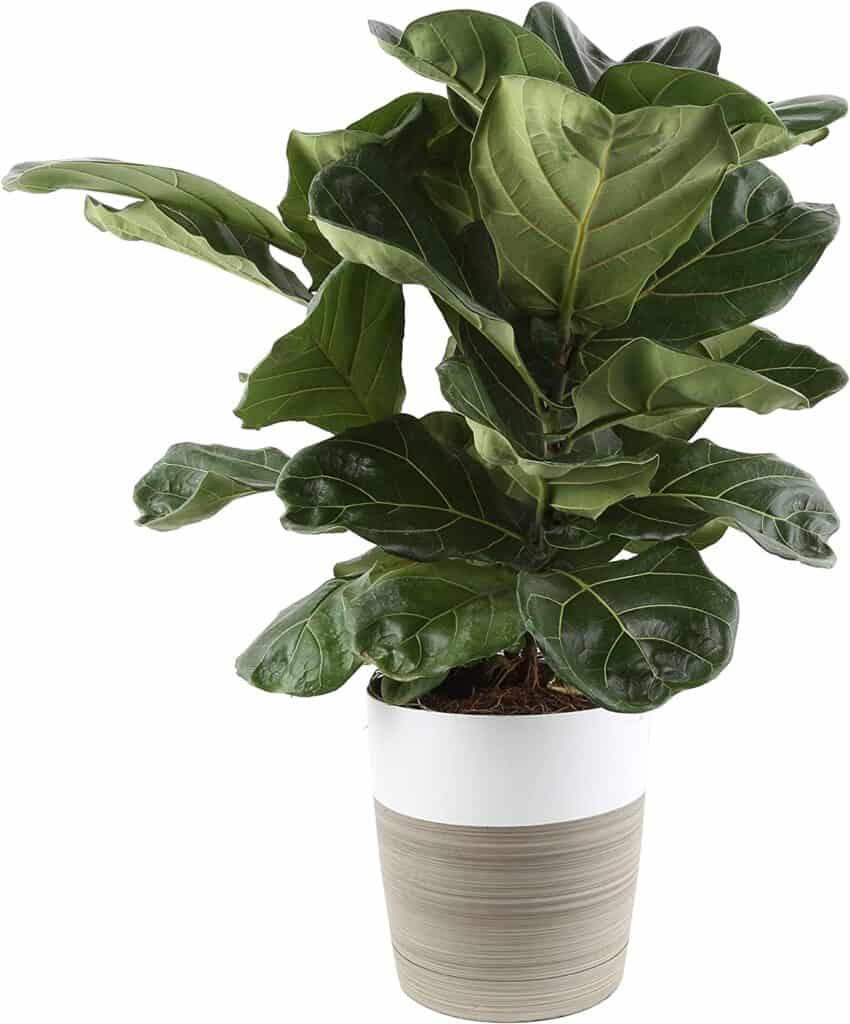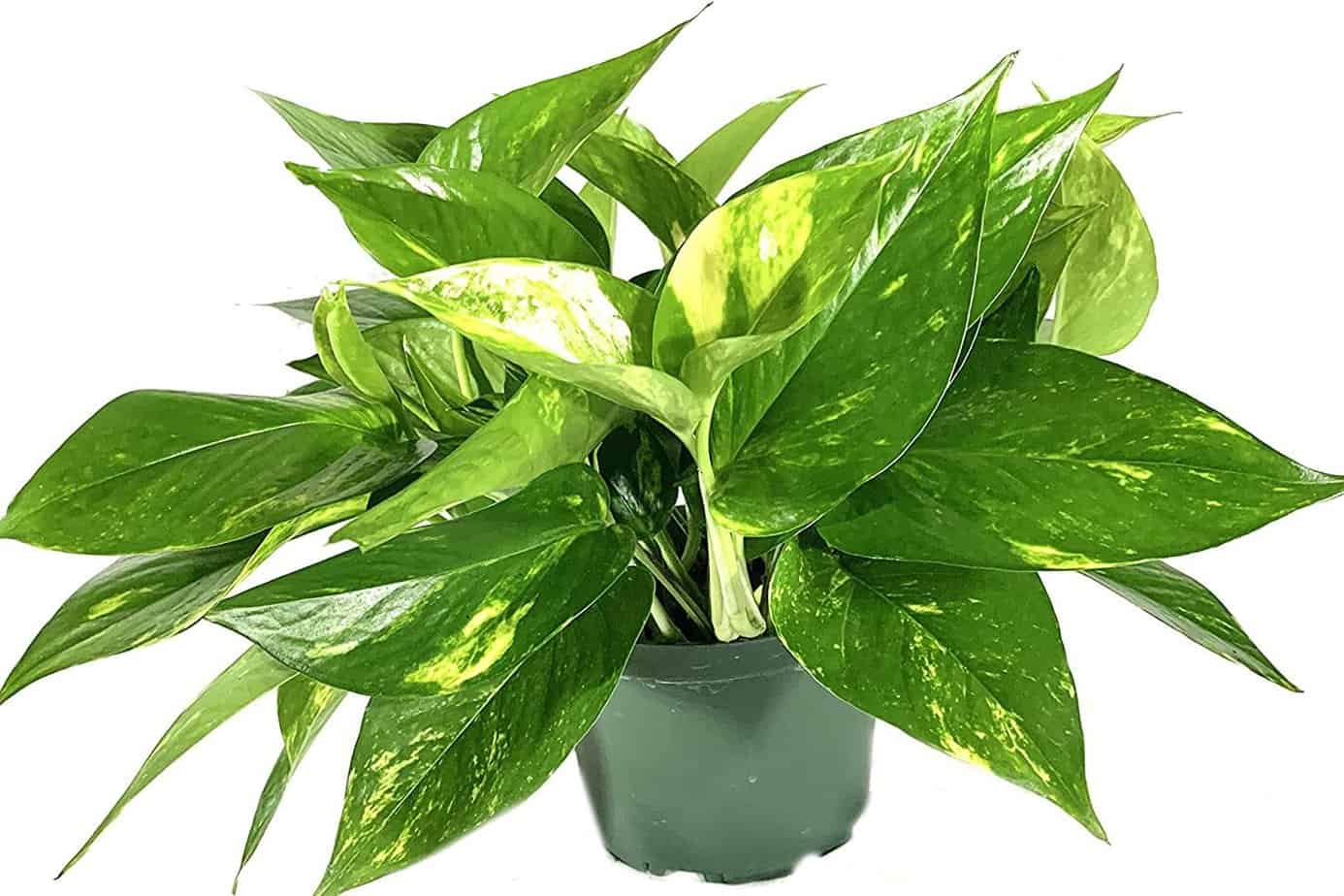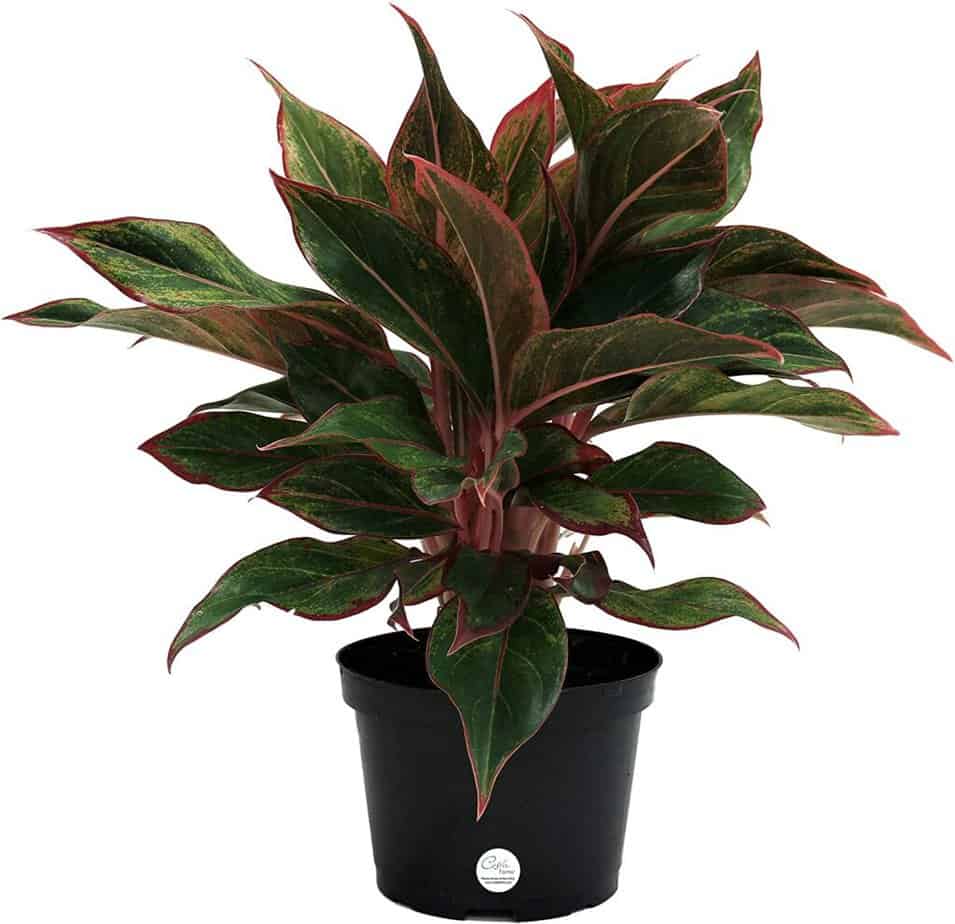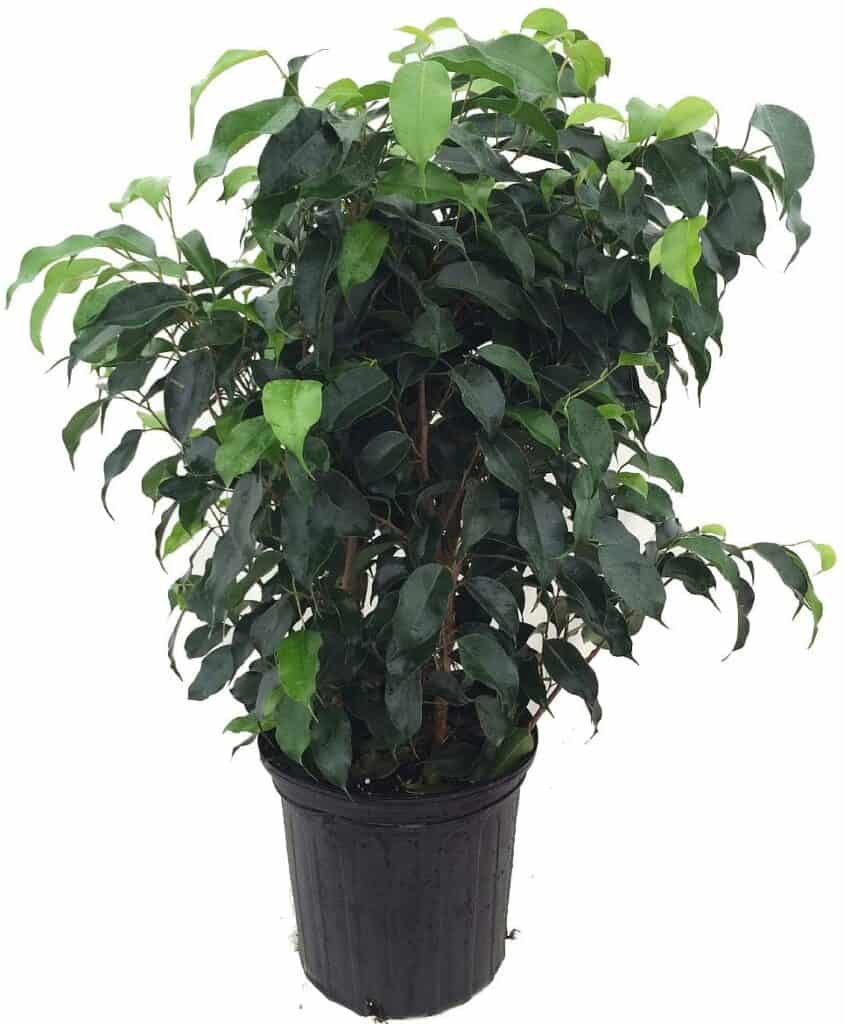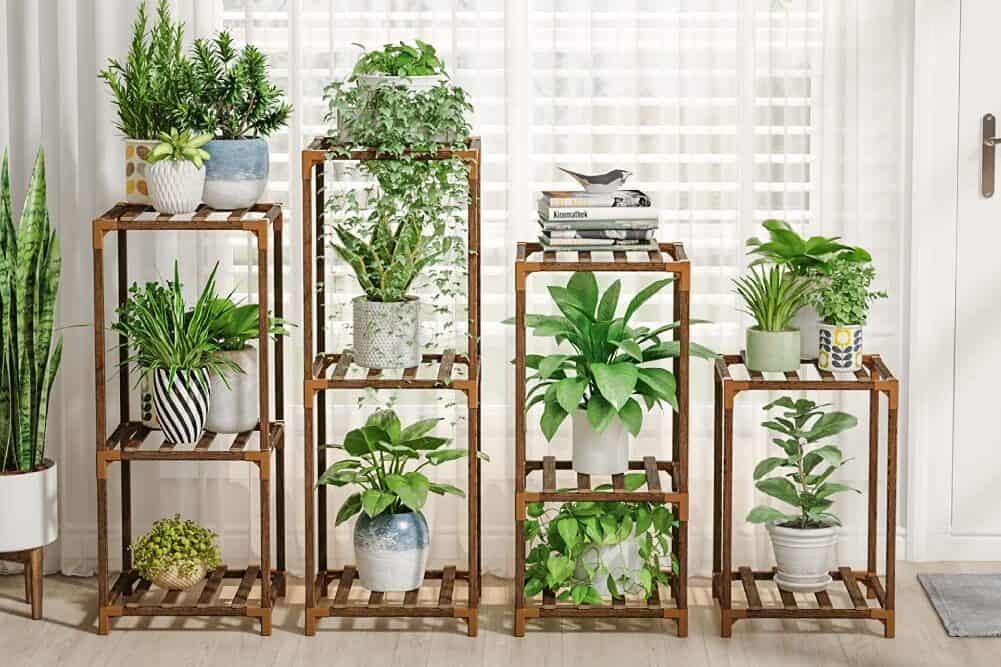10 Slow Growing Indoor Plants
A beautiful indoor smart garden is just as enjoyable as an outdoor one, and it is very easy to cultivate. If you love houseplants but don’t want the hassle of taking care of them, building indoor hydroponics that grow slowly may be a good option for you.
This selection of plants is available in a variety of shapes and sizes, so we hope you will find your perfect indoor plant. What is your favorite slow-growing indoor plant? Let me know in the comments below!
Aloe Vera
The popular succulent aloe vera enjoys a lot of popularity right now, and you’ll find them in almost every plant lover’s home. Plants like these are easy to care for and grow very slowly.
They’re also commonly used in cosmetics, so you could even try creating your own cream. In addition, they can be propagated for life, so you only have to buy one.
Growing indoor plants, keep the room temperature around 70 degrees, and expose them to lots of sunlight. Because it’s succulent, it likes very dry soil, so you’ll need to avoid frequent watering if you want good results.
Snake Plant
Among the most popular indoor plants, the snake plant is thriving with neglect. If you’re going to be away from home for extended periods, this is a great option if you’d like your plants to survive without water.
The hardiness of snake plants makes them an ideal plant for air-conditioned rooms as they make the air breathable, resulting in healthier and fresher air.
They come in various shapes, sizes, and colors, making them suitable for any setting. You can slow growing indoor this plant in a wide range of light conditions so that it’ll thrive. In any room with a normal room temperature, the air and the potting soil should be somewhat dry.
If you’re having trouble with your snake plant, we may have the article for you. go to: Why Snake Plant Curling?
Money Tree
The money tree is extremely popular across Asia, as it is regarded as a sign of good luck and prosperity. Because of that, they are frequently bought as gifts for family and friends.
The plant can’t grow this way naturally; the trunk has to be braided in the early stages of its life in order to look like this. The lush green leaves and braided trunk make this plant characteristic of any home.
You only have to water it occasionally, and it is okay if you neglect it at times as it is quite a hardy plant.
Fiddle Leaf Fig
These plants thrive in bright, filtered light but they’re not very fast growers so they don’t need much maintenance. You’ll find that they tend to work especially well at the entrances of your house, especially if they have big doors that bring in lots of light.
A large vase can give the impression of a calming presence, which is really certain to grab the attention of your guests.
Room temperatures that are between 65 degrees and 75 degrees are ideal for this plant, along with bright to medium light. When moving the soil, avoid putting it in too bright an environment. The soil is supposed to dry out a bit between watering.
Bromeliads
If you want an exotic look in your home, bromeliads are the right choice. They’re a vibrant color and appear to be hardy, yet actually require little care for maximum enjoyment. The exotic bromeliad looks hard to take care of, but it is so easy to do.
They are easiest to grow in shallow pots and typically require watering once per week. You can secure them to a piece of furniture in the home if you so wish. In the wild, clinging to trees is their preferred living arrangement.
In general, bromeliads are epiphytic plants, meaning they use their roots to take hold on branches, rocks or other plants. Not all bromeliads are found in soil, however. Their special cup, made from the leaves, uses a unique way to store water so they can use it when needed.
Try to place your bromeliad in an area where it gets bright sunlight, but not direct sunlight. Place it near an eastern or western facing window rather than right at a window.
Saguaro Cactus
Saguaro Cacti make my list because they tend to grow slowly, but can be grown indoors under the right conditions with the right surroundings. They are essentially found outdoors but can be cared for indoors.
We’re sure you are already aware that cacti grow in some of the harshest environments, making them an excellent indoor plant. Keep in mind that your Saguaro should not be exposed to extremely low temperatures, so as not to shorten its lifespan!
Devil’s Ivy
Devil’s Ivy is a popular introductory plant for those who have never been gardening before. It has a steady growth rate and requires little maintenance.
They do well in a variety of light conditions, including low light, just make sure to avoid direct sunlight. All you need to do is water them once the soil is dry to the touch.
Jade Plant
Jade plants are a symbol of good luck and are often seen in offices and homes. They are also excellent starter plants, as they are slow growing indoor plant and easy to care for. A jade plant is one of the indoor plants that absorbs negative energy and reduces stress.
In order to take care of the plant you need to avoid letting the soil completely dry out. Water it when the top layer feels dry to the touch. A sill under a window is ideal for them too, because they need full sunlight.
The soil should remain somewhat dry, so Jade plants do not require excessive water. They prefer bright light and room temperature.
Chinese Evergreen
Chinese Evergreens make even the most inexperienced gardeners look like experts. They can be grown in very small spaces and require only minimal care.
Slow growth and tolerance to a variety of environmental conditions make them low-maintenance plants. Keep it in medium to low sunlight, any direct sunlight will burn the leaves. Allow the soil to dry out a little before watering.
Weeping Figs
Tree-like Weeping Figs are known for their ability to retain their tree-like shape regardless of size. They are ideal as bonsais or large houseplants, where the speed of growth is at your disposal. Caring for it when you’re starting out can be a bit of a chore, but when you figure it out, it’s a breeze.
Conclusion
Adding some green and life to a drab indoor space is easy with home gardens. And, they are a great way to reduce indoor air pollution, as well as providing important nutrients.
Here are 10 slow growing indoor plants that will beautify your home garden if you’re looking to add some plants to your home garden this year.
Remember that they will take a little longer to grow, but are well worth the wait. So what are you waiting for now? Instead of your tedious job this year, why not try growing a houseplant?
Frequently Asked Questions
What are the benefits of growing slow growing indoor plants?
Slow growing indoor plants, such as requiring less water, being pests and diseases resistant, and producing bigger flowers or vegetables, may have advantages for indoor gardening. Because of its sluggish development, the plant can stay alive longer.
What kind of light should my slow growing plants get?
Light levels in the soil should be gradually increased over time for plants that grow slowly. Light levels can be increased more quickly for plants that grow quickly.
How do I choose the right potting soil for my slow growing indoor plants?
There is no one-size-fits-all answer to this question, as the best soil for a particular plant will vary depending on the plant’s specific needs.
However, some tips on how to choose the right potting soil for your plants include checking the plant’s watering needs and looking for a soil that is low in pH (a range of 6.0-7.5) and contains good amounts of organic matter.
Can I grow fast-growing plants with slow growth indoors?
When growing plants with slower growth, indoor plant cultivators should take additional steps to avoid direct sunlight during peak light hours, water plants thoroughly but sparingly during drought situations, and fertilize them only when they need it.
Which plants are best suited for an indoor home garden?
Succulents, cacti, air plants, and Bromeliads are all examples of house plants. Cacti protect themselves from eat-ing insects with spines, air plants have light-emitting leaves that create an indoor greenhouse effect, and Bromeliads are native to the tropics and often use succulent leaves to store water and nutrition.
Will planting my slow growing indoor plants improve the air quality in my home?
Plants emit very little indoor air pollution, but when they are switched from low- to high-CO2 settings, the amount of CO2 they emit increases. Indoor air pollutants made from plants may be examined here, as well as their consequences.
What steps should I take to care for my slow growing indoor plants?
Indoor plants should be watered at least once every week, but preferably twice, in light wateringings throughout the morning and evening; fertilizer-indoor plants need a low-nitrogen fertilizer; ventilation-plant leaves will burn if the humidity is too high.

